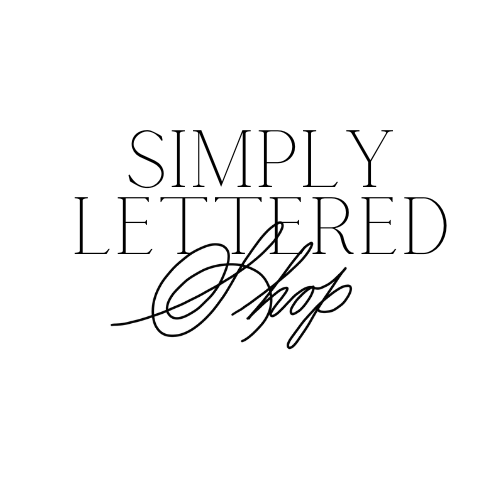In our digital age, a handwritten letter stands out as a genuine expression of care. Recently, I created a thank-you note for a neighbor using inspiration from a vintage 1902 book called "The Gent Letter Writer"—demonstrating how timeless wisdom can elevate modern correspondence.
Finding Inspiration in Vintage Sources
"The Gent Letter Writer" from 1902 contains sections of quotations for various occasions—friendship, life, gratitude, and more. These curated phrases help express sentiments in elegant, memorable ways.
The quote I selected: "Life like a dome of many colored glass stains the white radiance of eternity." This beautiful metaphor about life's vibrancy provided the perfect touchstone for thanking someone who brings light to our community.
The Power of Handwritten Appreciation
This note thanked a friend at church for her work on the children's program. While it took just minutes to write, the impact far exceeds the time invested:
- Intentional effort in selecting paper, pen, and words
- Personal touch through cursive handwriting
- Lasting keepsake the recipient can save
- Meaningful gesture that brightens someone's day
Materials for Meaningful Letters
Writing Tools: I used a Sakura Pigma Micron sepia pen (included in The Cursive Connection boxed set). Sepia ink adds vintage warmth to correspondence and is perfect for creating that classic, timeless look.
Stationery: Special paper elevates the experience. Choose designs that match the occasion.
Finishing Touches: Wax seals transform a simple envelope into something memorable.
The Cursive Connection: Building Beautiful Handwriting
Beautiful handwritten letters require beautiful penmanship. The Cursive Connection provides comprehensive cursive instruction through a 40-week curriculum designed for all ages—from children learning for the first time to adults wanting to improve their handwriting.
The program includes quality writing tools (like the sepia pen used in this letter), practice materials, and techniques that develop consistent, elegant cursive. When you master traditional penmanship, every letter you write becomes a work of art that recipients will treasure.
The Writing Process
Warm Up First: Do warm-up drills on practice paper before writing your final letter to ensure smooth, consistent handwriting.
Plan Your Message: Consider your main sentiment—in this case, thanking someone for bringing beauty through their hard work.
Incorporate Quotes: Thoughtfully chosen quotations add depth. Use quotation marks so recipients understand you're sharing wisdom from another source.
Keep It Natural: A few sincere sentences often mean more than lengthy paragraphs.
Simple Message Structure
Opening: "Dearest Alex, I hope your day is going beautifully"
Main Message: Thank you for hard work that brightened everyone's day
Transition: "Life is beautiful. Thanks for doing your part to add so much color."
Closing Quote: The vintage quotation about life as a dome of colored glass
Addressing Tips for Cursive Letters
Post office workers may struggle reading cursive addresses. To ensure delivery:
- Write house numbers in clear print or block letters
- Keep cursive for simple street names (West, North, etc.)
- Ensure numbers are very legible
- Use standard formatting for zip codes
Beyond Thank-You Notes
This approach works for various correspondence:
- Encouragement during difficult times
- Congratulations for achievements
- Thinking of you notes
- Apologies with sincere words
- Love letters and romantic keepsakes
Making Letter Writing a Practice
Start incorporating handwritten correspondence into your routine:
- Keep supplies ready: Nice stationery, quality pens, envelopes
- Create a list: Note when people deserve appreciation
- Set aside time: 10 minutes weekly for writing notes
- Build a quote collection: Gather meaningful passages from books or poetry
The Ripple Effect
A small note thanking someone for their work creates ripples far beyond the immediate recipient. She's reminded that her efforts matter and shown a model of thoughtful appreciation she might pay forward to others.
See the Full Process
Watch the complete demonstration from selecting the quotation through addressing and sealing the envelope.
Watch: Writing a Thoughtful Handwritten Letter
Reviving a Lost Art
Handwritten letters represent intentional slowness in our fast-paced world. They say, "You're worth the time it takes to select special paper, find perfect words, and carefully form each letter by hand."
Whether thanking neighbors, encouraging friends, or celebrating family, handwritten correspondence creates lasting connections that texts and emails simply cannot match.


